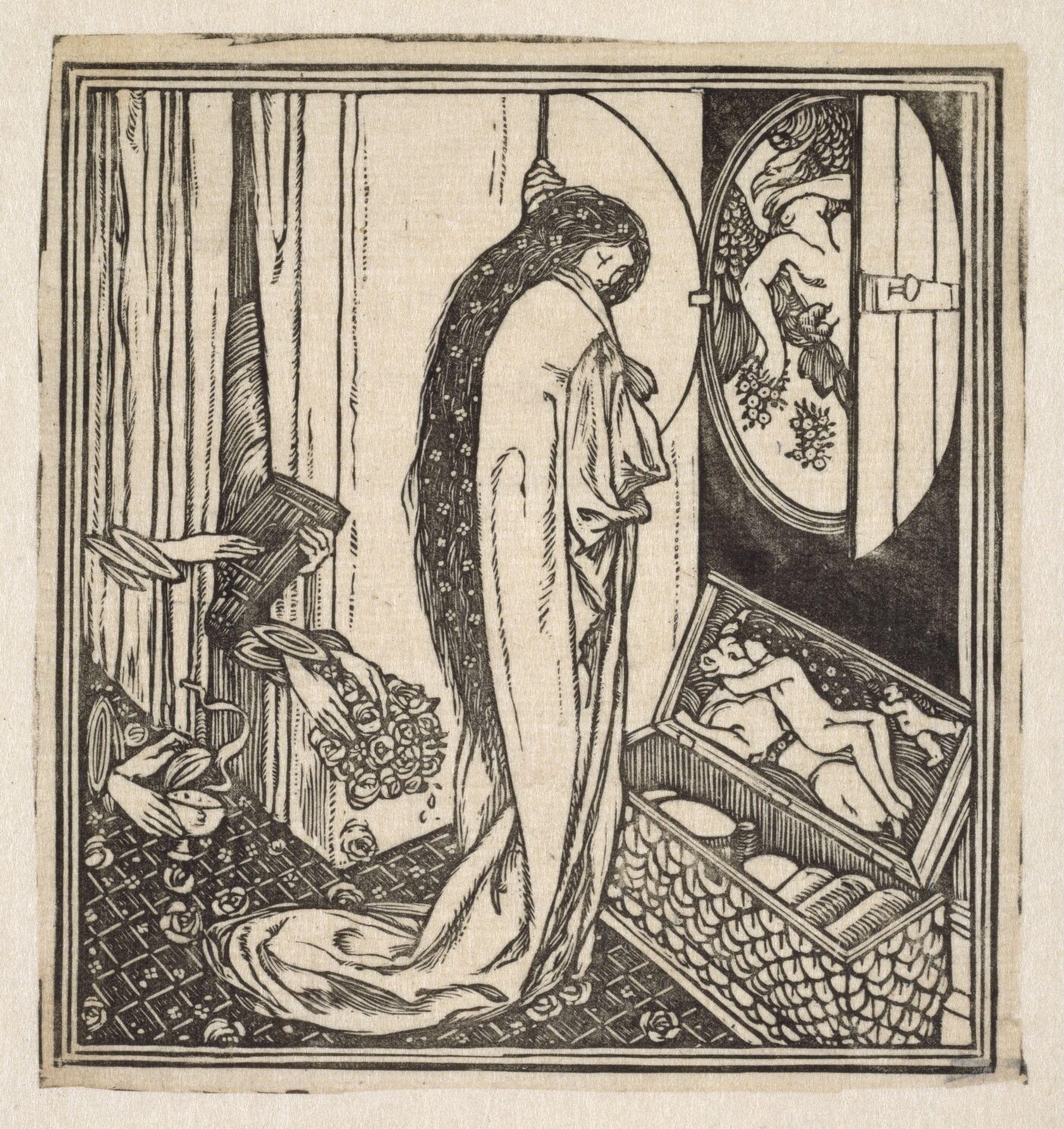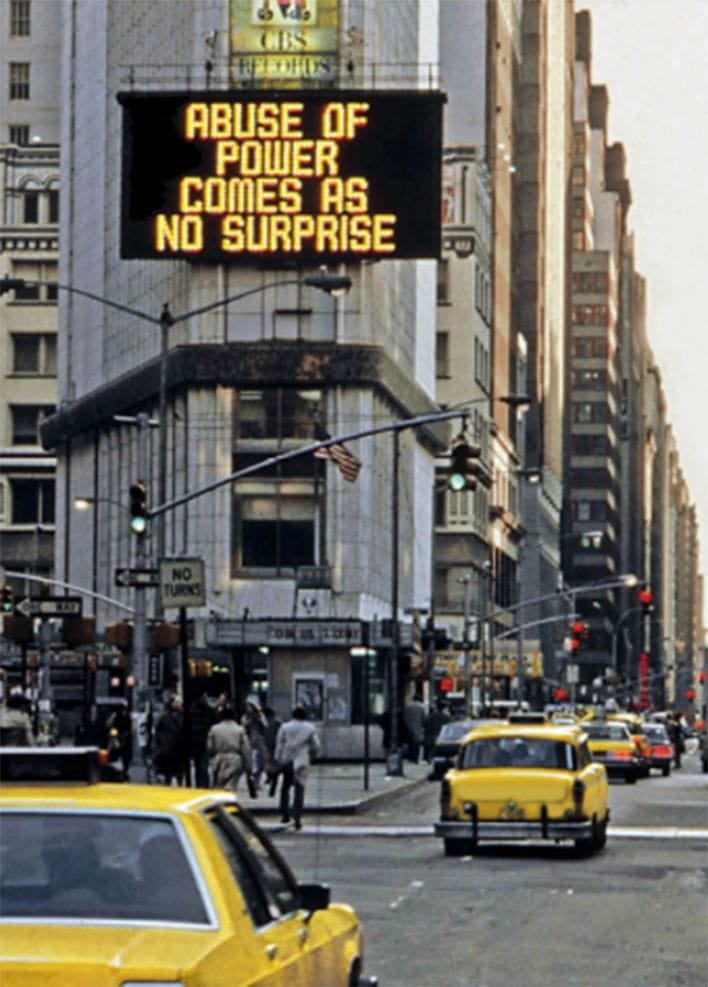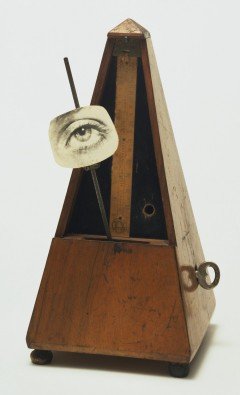Assemblage, Collage, Oh My Gäge
As a studio major in college, taking art history was an obvious requirement. I’m not sure how many history or studio classes I took, let alone the endless information about artists, specific works, art periods, etc. we were expected to learn.
Interesting? Yeah, sometimes. But also can be a bore when you’ve learned about all the white male artists painting rich people for centuries. Not gonna lie, a lot of that stuff went in one ear and out the other. I would retain things I was interested in and everything else would fade away (as is in life too lol).
It wasn’t until I was exposed to topics more along installation art, collage, and assemblage that I really started feeling inspired and attuned. Specifically Dadaism, pop art, Fauvism, Art Nouveau, and conceptual art. Looking at these art movements and what came of them, I can practically pin point what shaped my own work, both with fine art as well as design.
Before showing the specifics, I think it’s important to have a basic understanding of each.
Dada: “Dada was an art movement formed during the First World War in Zurich in negative reaction to the horrors and folly of the war. The art, poetry and performance produced by dada artists is often satirical and nonsensical in nature.” | Tate
Max Ernst, The Word, or Woman-Bird, 1921, collage with gouache and watercolor, 18.5 x 10.6 cm (private collection)
Hannah Höch, Around a Red Mouth c. 1967 Collection of IFA, Stuttgart
Hannah Höch, Untitled, 1930, from the series ‘From an Ethnographic Museum’, collage, 48 × 32 cm
Raoul Hausmann, A Bourgeois Precision Brain Incites a World Movement, also known as Dada siegt (Dada Triumphs), 1920, photomontage and collage with watercolor on paper, 33.5 x 27.5 cm
Man Ray, Glass Tears, 1932. Courtesy Association Internationale Man Ray, Paris. © MAN RAY TRUST/ ADAGP, Paris & SACK, Seoul, 2021
Pop art: “Pop art is an art movement that emerged in the 1950s and flourished in the 1960s in America and Britain, drawing inspiration from sources in popular and commercial culture. Different cultures and countries contributed to the movement during the 1960s and 70s.” | Tate
Robert Rauschenberg, Port of Entry [Anagram (A Pun)], 1998. Photograph: Ben Blackwell/Robert Rauschenberg Foundation / Licensed by VAGA, New York, NY
Richard Hamilton, Interior, (1964–5) ©R. Hamilton. All rights reserved. DACS, London 2022.
Andy Warhol, Skulls, 1976. Acrylic and silkscreen ink on linen
Ten parts, each panel: 15 x 19 inches (38.1 x 48.3) Overall installation: 75 3/4 x 38 inches (192.4 x 96.5 cm) ©2018 Andy Warhol Foundation for the Visual Arts / Artists Rights Society (ARS), New York
Robert Rauschenberg, Pilgrim, (1960). All Rights Reserved, Robert Rauschenberg Foundation/Licensed by VAGA, New York, N.Y.; Philip Greenberg for The New York Times
James Rosenquist, Shriek, 1986, monoprint/lithograph, detail. ©James Rosenquist, Inc. and Graphicstudio, USF / Licensed by Bildupphovsrätt, Sweden and ARS, New York, 2021.
Fauvism: “Fauvism is the name applied to the work produced by a group of artists (which included Henri Matisse and André Derain) from around 1905 to 1910, which is characterised by strong colours and fierce brushwork” | Tate
Henri Matisse, Woman with a Hat, 1905, oil on canvas. San Francisco Museum of Modern Art
André Derain, Mountains at Collioure, 1905, oil on canvas. National Gallery of Art, Washington D.C.
George Braque, Paysage près d'Anvers (Landscape near Antwerp), 1906, oil on canvas. Solomon R. Guggenheim Museum, New York, Thannhauser Collection, Gift, Justin K. Thannhauser, 1978
Henri Matisse, The Open Window, 1905, oil on canvas. National Gallery of Art, Washington D.C.
Art Nouveau: “Art nouveau is an international style in architecture and design that emerged in the 1890s and is characterised by sinuous lines and flowing organic shapes based on plant forms” | Tate
Aubrey Beardsley, La Dame aux Camélias, 1894, ink and watercolor on paper. Tate collection.
Charles Ricketts, Cupid and Psyche, 1901, woodcut. Victoria & Albert Museum.
Charles Ricketts, Le chant de la sirène assise sur un dauphin, 1908. Public domain.
Conceptual Art: “Conceptual art is art for which the idea (or concept) behind the work is more important than the finished art object. It emerged as an art movement in the 1960s and the term usually refers to art made from the mid-1960s to the mid-1970s.” | Tate
René Magritte, La Trahison des Images (The Treachery of Images) also known as This Is Not a Pipe, 1929. Los Angeles County Museum of Art.
Sophie Calle, “Room 47,” The Hotel, 1981. ©DACS, 2017 / Photo ©Tate
Jenny Holzer, Untitled, 1982.
Assemblage: “Assemblage is art that is made by assembling disparate elements – often everyday objects – scavenged by the artist or bought specially.” | Tate
Joseph Cornell, Untitled (Paul and Virginia) c. 1946-48 (150 Kb); Construction, 12 1/2 x 9 15/16 x 4 3/8 in; Collection Mr. and Mrs. E. A. Bergman, Chicago.
Aaron Fowler, You Deserve It Mama,” 2017, ironing boards, broom, family photographs, LED rope lights, stuffed donkey, stuffed dog, glass pane, video monitor.
Joseph Cornell, Untitled (Tilly Losch), 1935, ©The Joseph and Robert Cornell Memorial Foundation.
Man Ray, Indestructible Object (or Object to Be Destroyed), 1964. Metronome with cutout photograph of eye on pendulum, 8 7/8 x 4 3/8 x 4 5/8" (22.5 x 11 x 11.6 cm)
Mario Merz, Untitled (Igloo), 1989, Wax, rock, neon, glass, metal, 167 3/10 × 334 3/5 in | 425 × 850 cm
I could write a paper about how all of these relate, how they differ, and how they directly impacted me. But I’m not in school anymore (thank god) and I don’t want to write another paper ever. This blog post is about the closest we’re gonna get anytime soon.
Trained or untrained eye, I’m sure you can see how these works’ visuals and content overlap. Think: color, layered imagery, controversial and/or thought-provoking subject matter, intricate yet simplistic compositions, mundane yet extraordinary techniques and materials.
Whether I knew it or not, these works that kept my attention in school or out in the real world shaped my own work, techniques, style, and thought processes.
In fact, I wasn’t directly drawing inspiration when a woman, Doris, came up to me at my second solo art show and said “Some of your pieces make me think of Joseph Cornell’s boxes.” I was like EXCUSE MEEEEE?! Tooootally did not expect that, in the best way. Joseph Cornell’s work was so memorable and inspirational to me from the moment I was exposed to his work that it came through my own without intention. Fucking incred!!!
Truth be told, I felt guilty for my eyes glossing over and mind wandering when learning about 19th century Realism, Neoclassicism, Romanticism, Renaissance, etc. Because, those were the periods that are commonly associated with art history and “true” artistic talent. When in reality, there is no wrong or right art. If your eyes roll when you see a painting of a white, blue-eyed Jesus from 1475, you’re not wrong. No disrespect to the incredible painters. It’s just not for me.
All that to say, find what floats your boat and let it flow through you into the work you put out into the world. Artist or not, there are endless things to learn from artists of all walks of life, all time periods, and all “skill” levels.
HMC

























